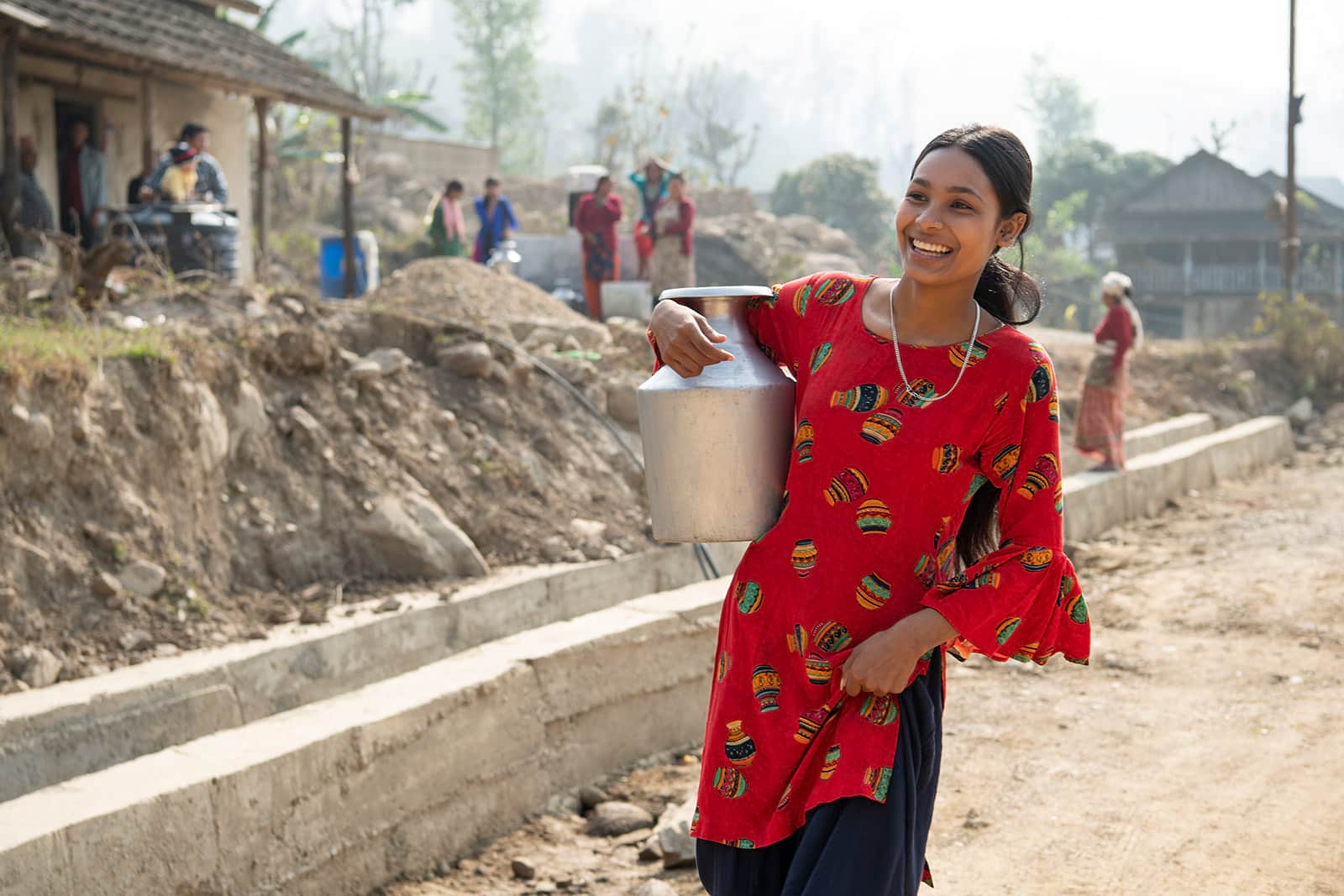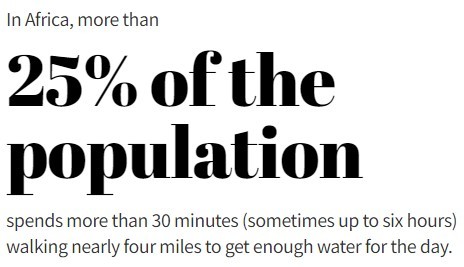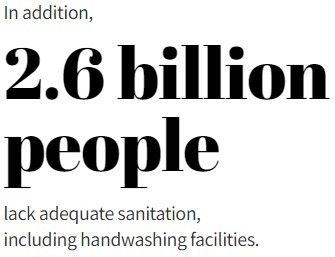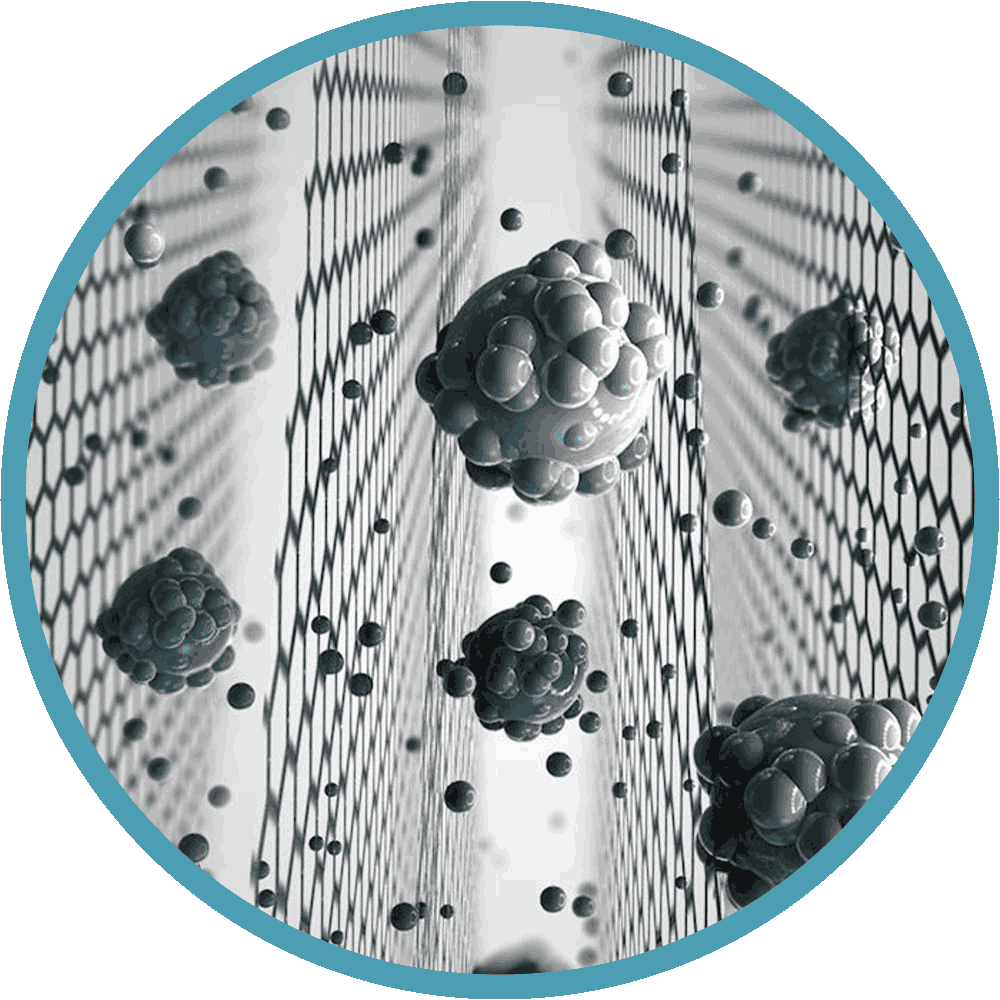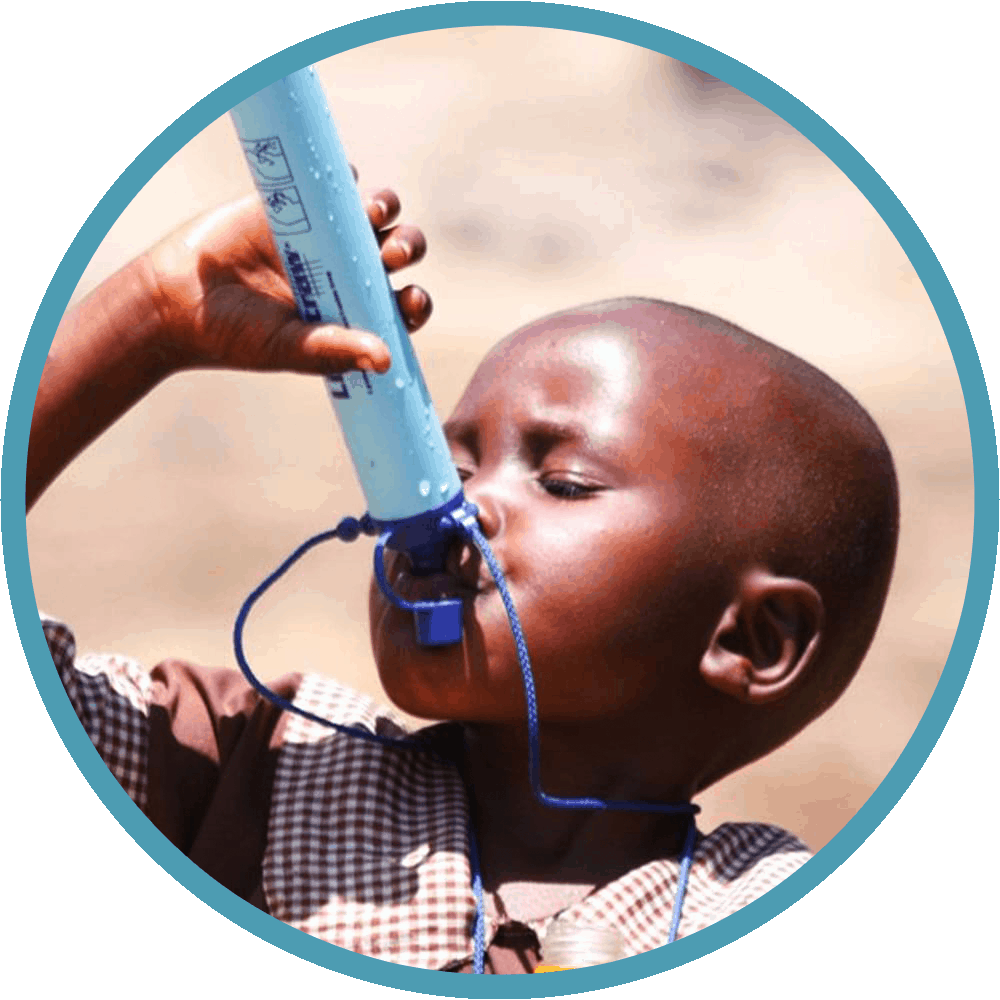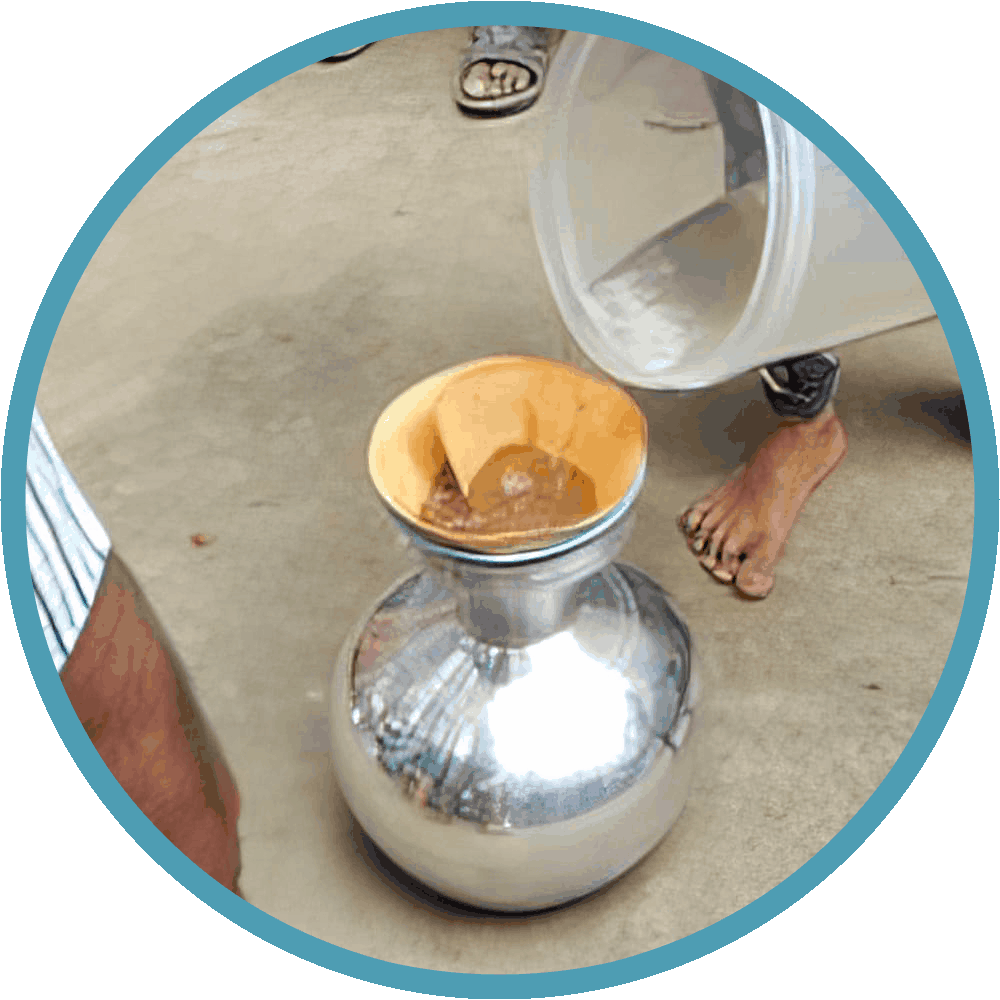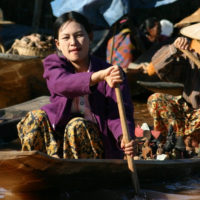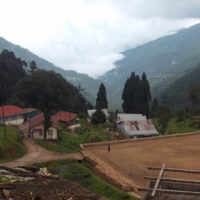WILLS POINT, TX – GFA World (Gospel for Asia) founded by K.P. Yohannan, whose heart to love and help the poor has inspired numerous charities like GFA World Canada, to serve the deprived and downcast worldwide, issued this special report on fresh water: an increasingly scarce resource more vital than oil or gold.
Increasing demand on rivers, lakes and streams, compounded by changing weather patterns, population growth and economic development, is leaving us in a world where many people are struggling to find enough fresh water to survive. (I’ll develop this topic below, to add to our previous essays on water stress globally, solutions to the world water crisis, and those that are dying of thirst.)
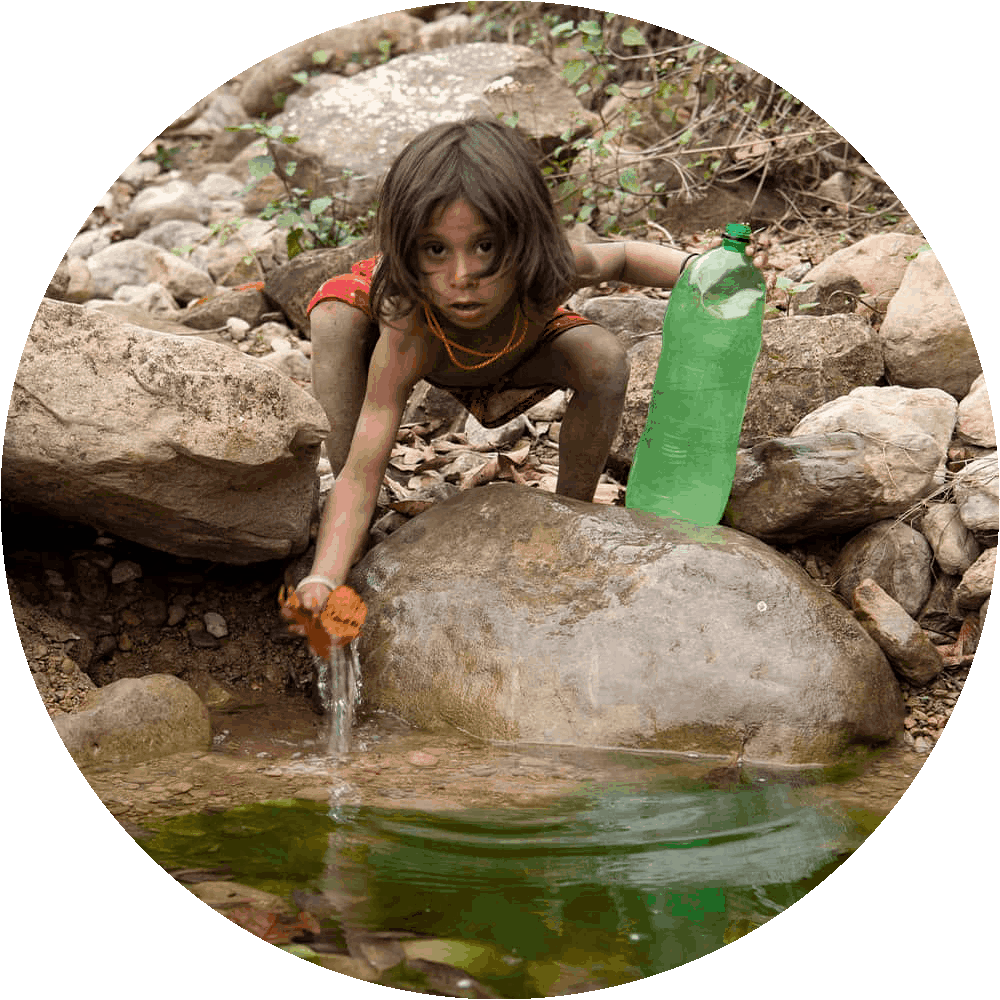
Water is a resource that is becoming more precious than gold, according to various headlines from around the world.[1][2] One news story included a somber prediction by the Intergovernmental Panel on Climate Change (IPCC) that future climate instability will create serious water shortages.[3]
In the IPCC August 2020 report, the Geneva-based organization forecast that rising temperatures over the next two decades will spark changes in the world’s water cycle, with wet areas becoming wetter and arid lands prone to greater drought.[4]
“There is already strong evidence that we are seeing such changes,” said Professor Mike Meredith, a lead author for IPCC and scientist at the British Antarctic Survey. “In some dry regions, droughts will become worse and long lasting. Such risks are compounded by knock-on consequences, such as greater risk of wildfires, [which] we are already seeing.”[5]
Just after the report’s release, the Cable News Network (CNN) reported that Middle Eastern countries like Iran, Iraq and Jordan are pumping vast amounts of water from the ground for irrigation to improve food self-sufficiency. Charles Iceland, global director of water at the World Resources Institute, told the network that while this can compensate for a decrease in rainfall, it also results in falling groundwater levels.[6]
The four-person CNN team report noted areas around the globe where that’s happening, like in Iran, where a vast network of dams sustains an agricultural sector that drinks up about 90% of the water the country uses. “Both declining rainfall and increasing demand in these countries are causing many rivers, lakes, and wetlands to dry up,” Iceland told CNN. “The consequences of water becoming scarcer are dire: Areas could become uninhabitable; tensions over how to share and manage water resources like rivers and lakes could worsen; more political violence could erupt.”[7]

The situation threatens wealthier countries, too. The New York Times reported larger future cuts in water consumption are likely for 40 million people in the West who rely on rivers. For the first time ever, last August, the U.S. federal government declared a water shortage at Nevada’s Lake Mead, a main reservoir for the Colorado River. Initially, that will mostly affect farmers in Arizona. In addition to seven U.S. states, two in Mexico draw water from the Colorado. Besides providing drinking water, it irrigates desert crops and generates hydroelectric power. Scientists say the only way to alleviate the problem is to reduce demand.[8]
“As this inexorable-seeming decline in the supply continues, the shortages that we’re beginning to see implemented are only going to increase,” said Jennifer Pitt, who directs the Colorado River program at the National Audubon Society. “Once we’re on that train, it’s not clear where it stops.”[9]
Weeks before this news, analysts at the London-based financial giant Barclays issued a research note that identified water scarcity as the most important environmental concern for global consumer staples, affecting everything from food and beverages to agriculture and tobacco.[10] Circle of Blue reported that major companies are increasingly concerned about water’s availability, with the average price between 2010 and 2019 increasing by 60 percent in the 30 largest U.S. cities.[11]
Beth Burks, director of sustainable finance at S&P Global Ratings, told CNBC, “Water scarcity is really important because when it runs out you have really serious problems.”[12]
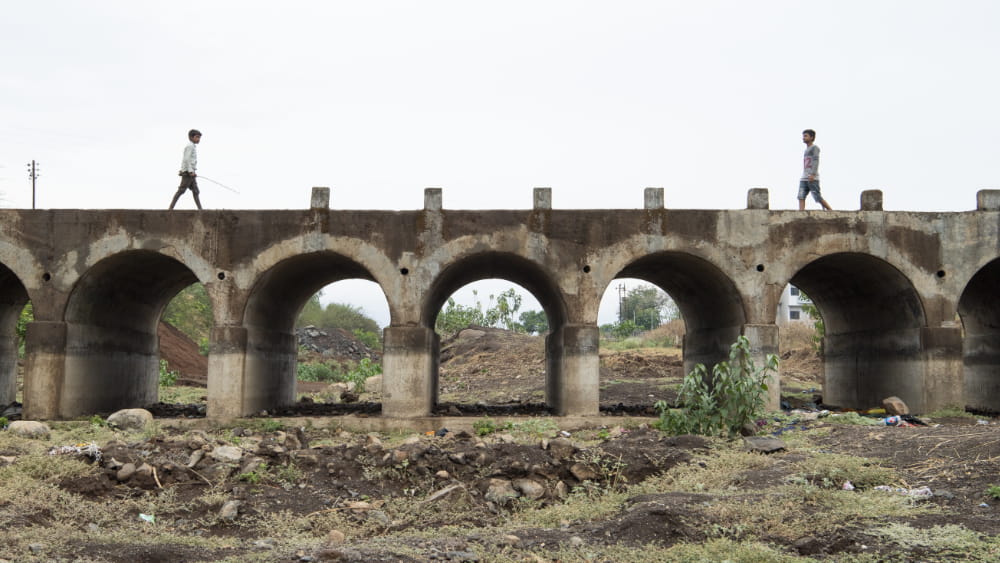
Fresh Water Scarcity – the “Invisible” Hand Behind Many Global Crises
Water problems especially affect the 1.1 billion people who lack access to a basic drinking source.
Then there are millions more who devote many waking hours to obtaining it. According to the non-governmental organization H2O for Life, women and children in many communities spend up to 60% of each day collecting water.
A 2021 report for the Council on Foreign Relations identified the Middle East and North Africa as the worst for physical water stress. In addition to receiving less rainfall, the countries’ fast-growing, densely-populated urban centers require more water. It’s estimated that 70% of the world’s fresh water is used for agriculture, with another 19% going to industrial use and 11% for domestic, including drinking.[16]
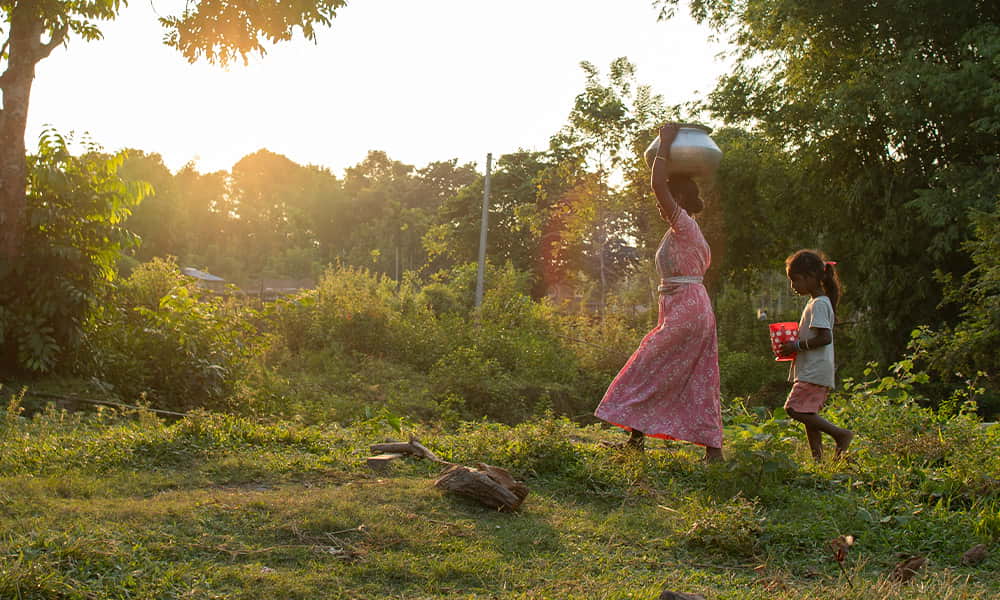
The report for the CFR said water scarcity is usually divided into two categories: 1) Physical scarcity related to ecological conditions and 2) Economic scarcity because of inadequate infrastructure.[17]
“The two frequently come together to cause water stress,” wrote Claire Felter and Kali Robinson in their report entitled: “Water Stress: A Global Problem That’s Getting Worse.” “For instance, a stressed area can have both a shortage of rainfall as well as a lack of adequate water and sanitation facilities. Experts say that when there are significant natural causes for a region’s water stress, human factors are often central to the problem.”[18]

Water scarcity is the “invisible” hand behind many humanitarian crises, said Shaz Memon, a British entrepreneur and founder of the charity Wells on Wheels. In a recent commentary, he named Yemen as one of the world’s most water-scarce countries, a condition leading to social and political upheaval. For example, he notes that in Nigeria the Boko Haram insurgency in 2010 arose because of a demand for clean drinking water. Drought and water scarcity was also a pivotal factor behind Syria’s civil war as well, according to Memon.
“Water is a precious, life-giving commodity; it becomes more scarce because it isn’t treated as such,” Memon wrote. “Unlike gold, oil or gas, it is not priced in relation to its global scarcity. … However, there are some who understand water’s status as a valuable commodity. Goldman Sachs has said water could be the ‘petroleum of the 21st century.’”[19]
Such observations underscore the significance of the United Nations’ World Water Day, set for March 22 with the theme ‟Groundwater: Making the Invisible Visible.” The UN calls groundwater a vital resource that provides almost half of all drinking water worldwide, sustains ecosystems, maintains the baseflow of rivers, and prevents land subsidence and seawater intrusion.[20]
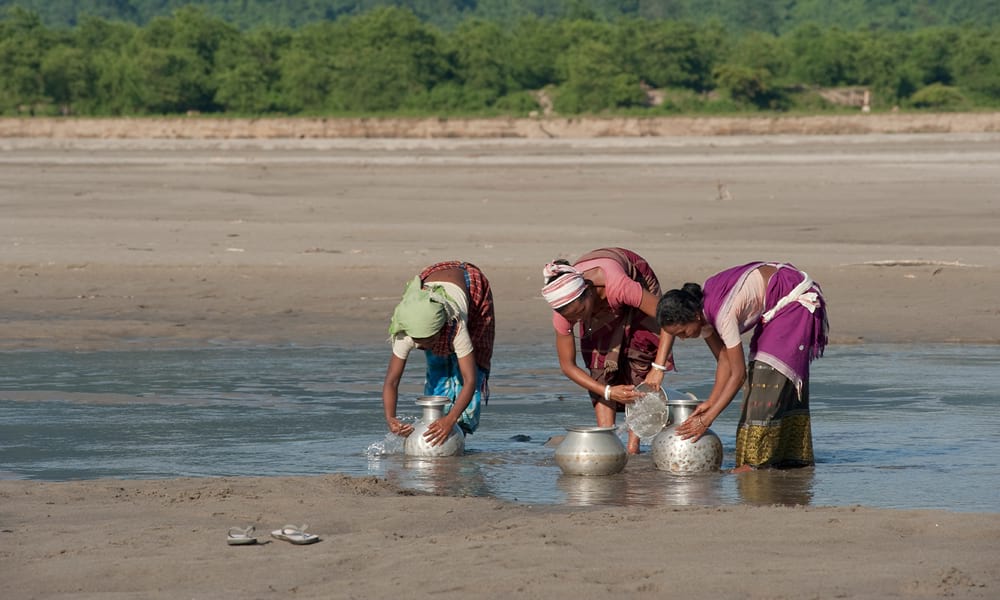
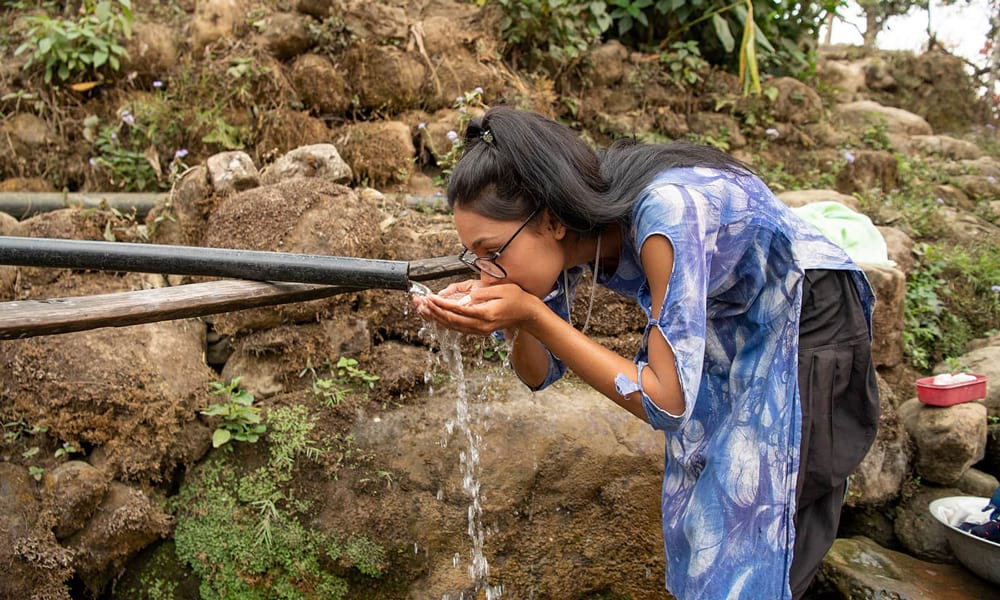
New Technologies Promise Relief
Despite an often bleak scenario, there are optimistic signs that technology can help address shortages. A recent story discussed how Watergen, an Israeli-based company uses air-to-water technology to deliver drinking water to remote areas. Its machines filter water vapor out of the air, the largest of which can provide 6,000 liters a day and has been used at hospitals in the Gaza Strip and rural villages in central Africa.[21]
Watergen’s president, Michael Mirilashvili, told the BBC that its system alleviates the need to build water transportation systems, dispelling worries about heavy metals in pipes, cleaning contaminated groundwater, or polluting the planet with plastic bottles.[22]
“A study conducted by scientists from Israel’s Tel Aviv University found that even in urban areas … it is possible to extract drinking water to a standard set by the World Health Organization,” wrote business reporter Natalie Lisbona. “In other words, clean water can be converted from air that is dirty or polluted.”[23]
Watergen’s isn’t the only such technology being developed. A story by science journalist Duane Chavez outlined two others.
The first is a system proposed by engineers from the State University of New York at Buffalo and the University of Wisconsin. It uses carbon paper evaporators and condensers that emit more energy than they absorb, reducing the temperature below the dew point to achieve vapor condensation.
The other is a passive system developed by researchers from the Massachusetts Institute of Technology and the University of California at Berkeley. It extracts water from dry air by consuming solar energy, based on a new type of porous material called Metal-Organic Frameworks.[24]
Other methods to address freshwater scarcity include the following:
Scientists from the UK’s University of Manchester are working on a desalination alternative—a graphite oxide sieve that retains salt and only allows water to pass through. In 2019,the university’s National Graphene Institute began collaborating with a portable water filtration company to develop new water purification devices based on this technology.[25]
LifeStraw is a plastic tube nearly nine inches long and about an inch wide that has a filtration system to remove protozoa, bacteria and other harmful materials from water. One unit can provide personal water filtration for up to three years. The technology is marketed in bottle format as well as in larger systems and has been used in places like Haiti, Rwanda and Pakistan.[26]
A “Safe Water Book” developed by a chemist and her husband contains tear-out pages that are water filters and can provide germ-free water for four years. Their company, Folia Water, has tested the product in Africa, Asia and Latin America and begun distribution in Bangladesh. A similar product, “The Drinkable Book,” has been developed by researchers at Carnegie Mellon University.[27]

Meanwhile, researchers at the University of South Australia have refined a technique to derive fresh water from sea water, brackish water or contaminated water through solar evaporation. The device includes a photothermal structure that sits on the surface of a water source and converts sunlight to heat, rapidly evaporating the uppermost portion of the liquid.[28]
“We have developed a technique that not only prevents any loss of solar energy, but actually draws additional energy from the bulk water and surrounding environment,” said Haolan Xu, the associate professor who leads the team. “[That means] the system operates at 100 percent efficiency for the solar input and draws up to another 170 percent energy from the water and environment.”[29]
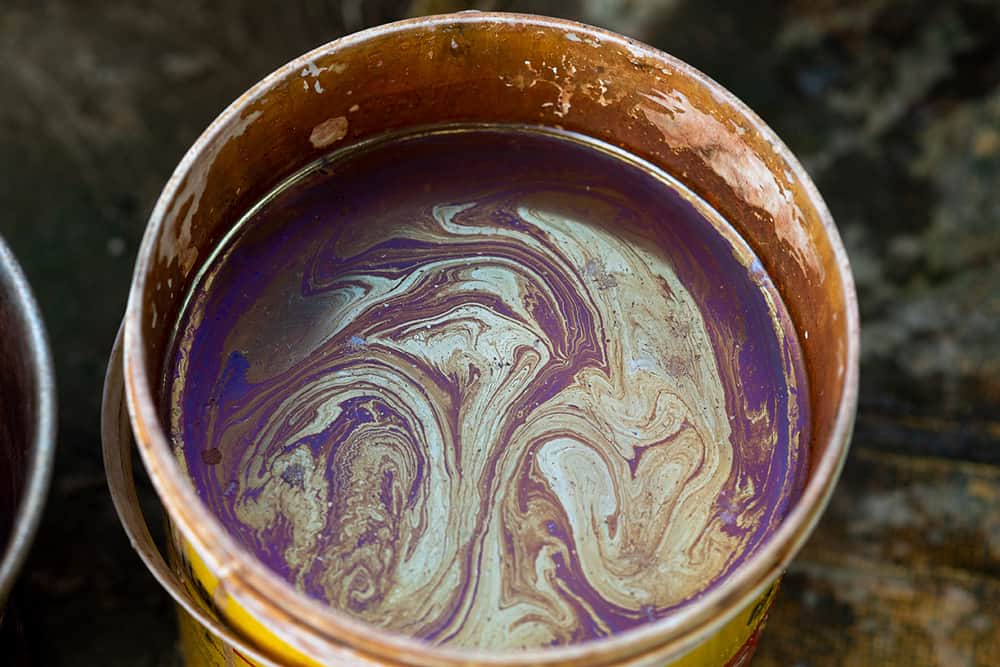
Conservation Efforts are Helping
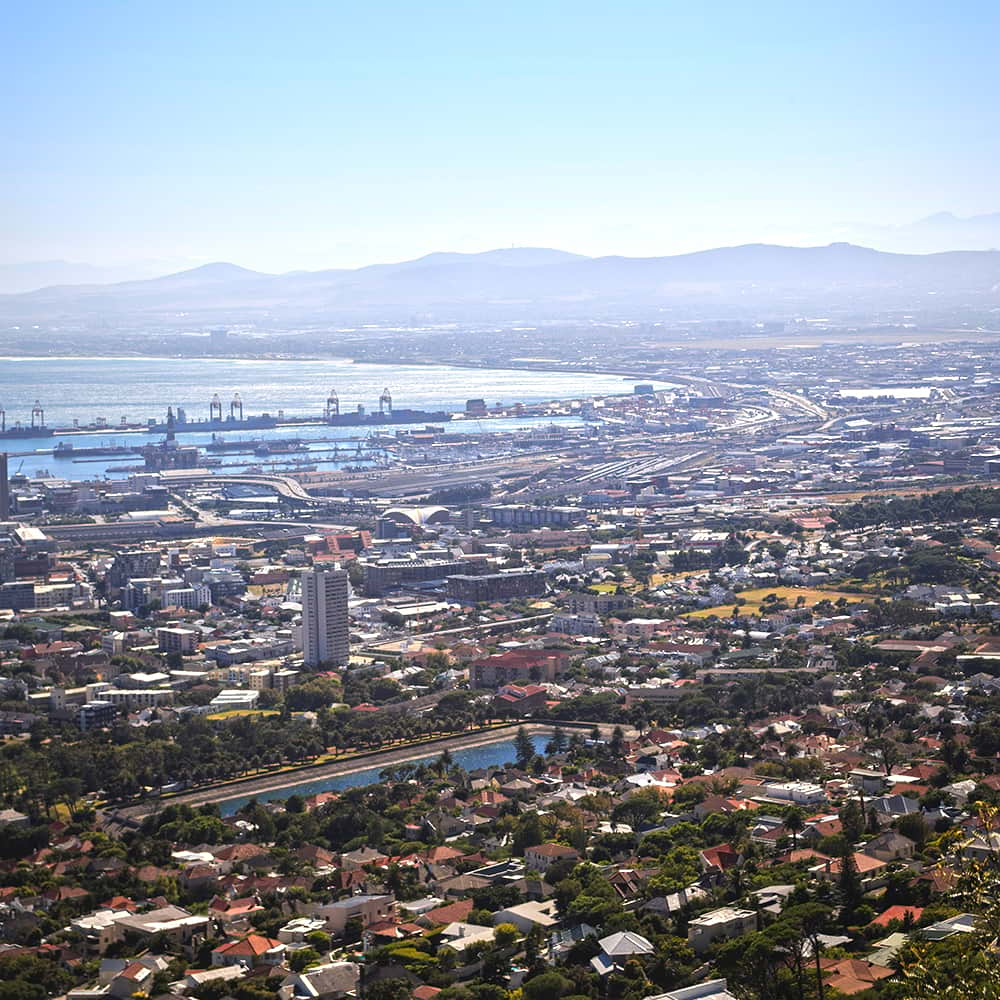
Sometimes the solutions aren’t as dazzling but still matter, as demonstrated in San Antonio. The southern Texas city found itself in a legal battle 31 years ago over arguments it pumped too much water from the Edwards Aquifer, a major groundwater source. The Sierra Club’s victory in the case forced San Antonio to limit withdrawals.[30]
Conservation efforts that followed included better irrigation and landscaping, installation of water flow sensors, and rebates to residents who install pool filters or convert grass into patios. Despite 80% growth in their population since 1991, San Antonio has decreased per-person water use by 20%.[31]
Cape Town, South Africa, also had to reduce water consumption after nearly running dry in 2018. Three years later, “I definitely think that there has been a permanent behavior shift,” said Limberg, a local appointed official and a mayoral committee member for waste and water in Cape Town . “There’s definitely been a greater awareness to conserve water, and of how incredibly finite this resource is, and how vulnerable we are if we face a shortage of water.”[32]
Enhanced water meters also help. WaterOn, a device produced by India-based Smarter Homes, is a metering and leakage prevention system. In 2019 it saved 40,000 apartment households an average of 35 percent of their water consumption. In one region it saves millions of gallons of water each month.[33]
Low-tech Tools Can Also Be Economical Solutions
Then there are more basic solutions that help numerous people, like drilling wells in areas that lack access to fresh water. This video below shares the story of one village in Nepal that benefitted from this approach provided by their local church.
Nepal: Getting fresh water was a constant time-consuming challenge for this entire village until the local church installed a Jesus Well which resolved the water shortage and benefitted their entire community.
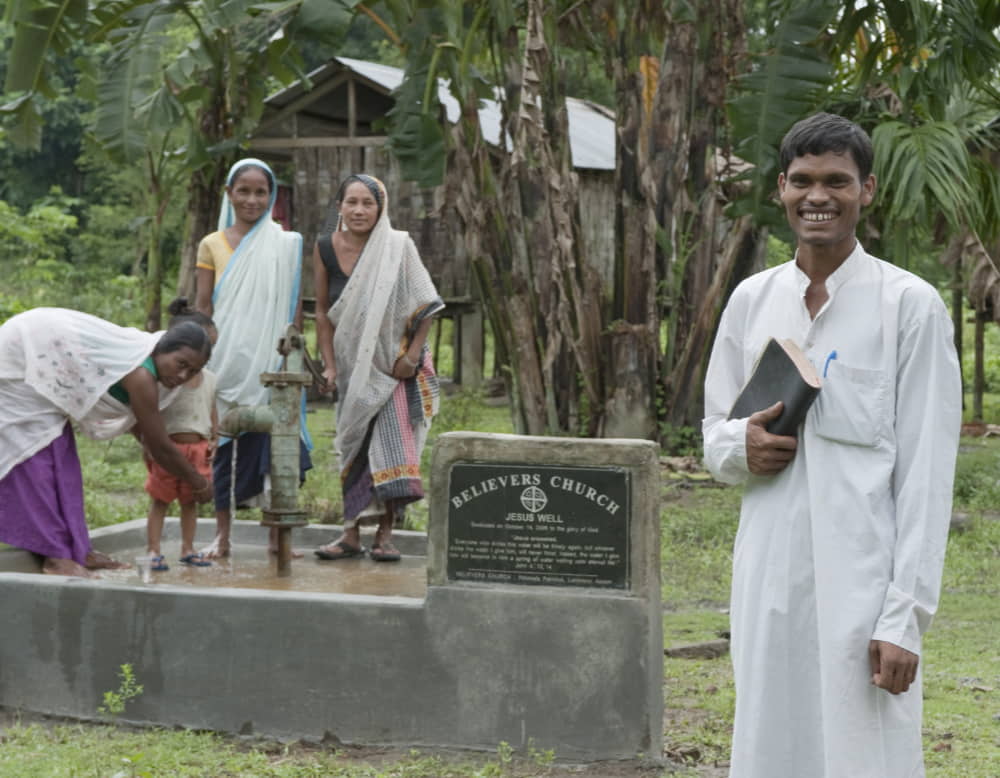
For just over two decades, Gospel for Asia (GFA World) has helped drill Jesus Wells in Asia. These wells provide clean water at a cost of less than five dollars per person.[34] Gospel for Asia (GFA) also distributes BioSand water filters, devices that use concrete, different types of sand and gravel to remove impurities, providing water for drinking and cooking that is 98 percent pure.[35]
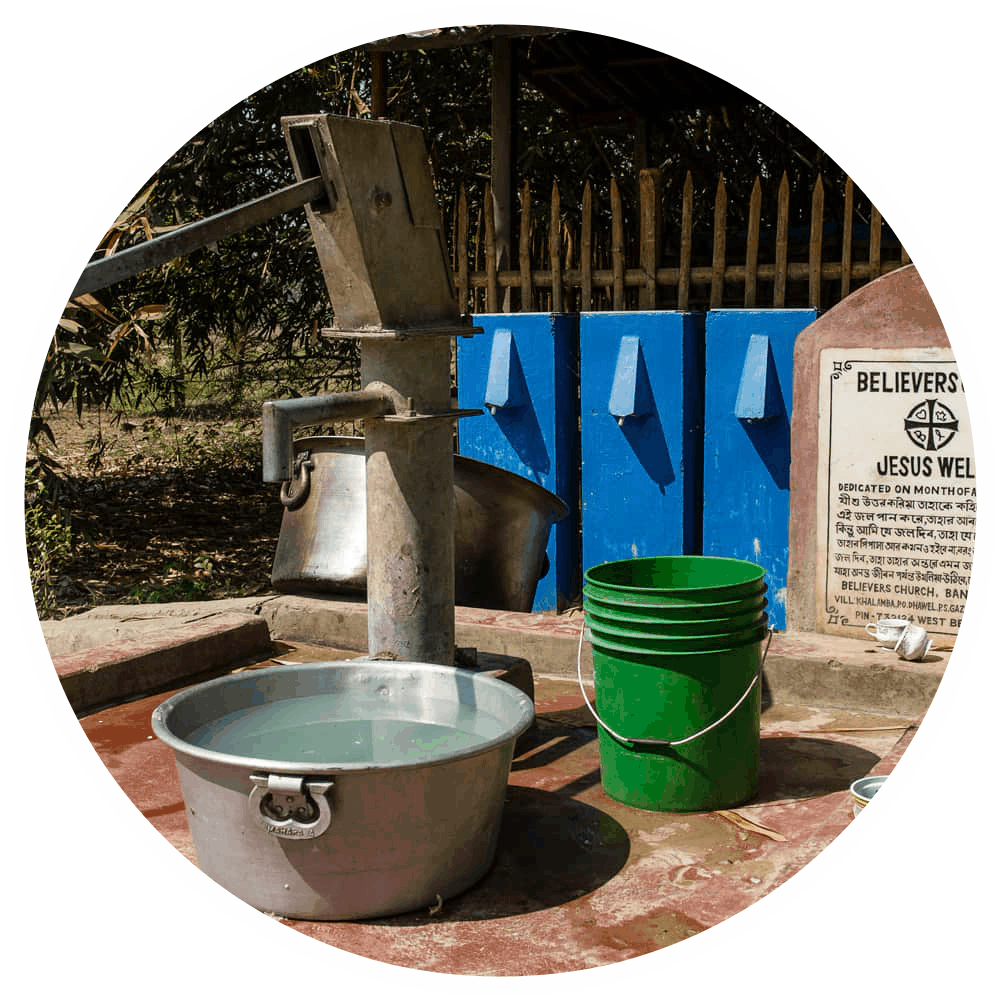
The value such low-tech solutions provide is evident in the numbers: it costs about $1,400 to drill a Jesus Well, which may provide clean water for up to 300 people per day for 10 to 20 years. While a BioSand water filter only supplies water to one family at a cost of $30 per unit, it offers a readily available clean drinking source for a similar five-dollar figure.
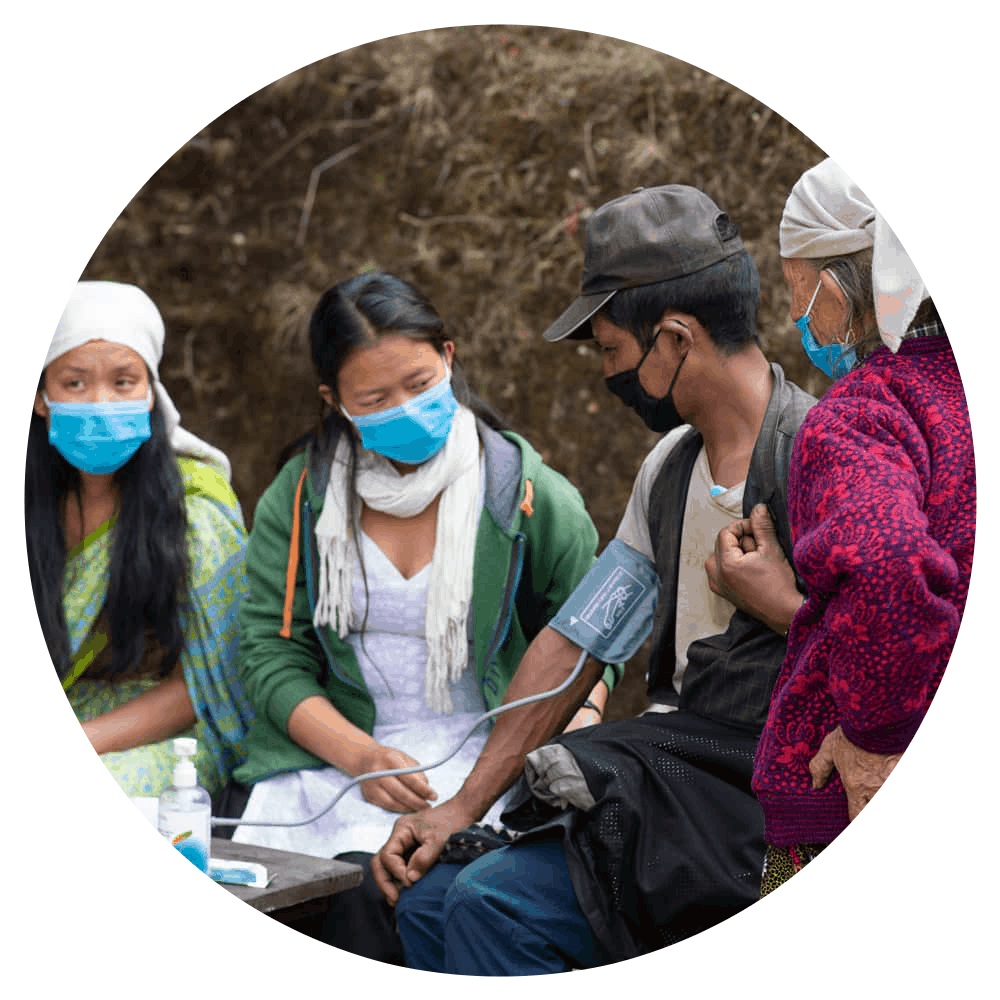
Over the years, more than 38 million people in Asia have received safe drinking water through GFA World’s clean water initiatives. In addition to providing water wells and filters, Gospel for Asia (GFA World) conducts free medical camps that offer treatment for such water-linked ailments as diarrhea—the most serious illness children face worldwide.
Despite complexities resulting from pandemic restrictions, the faith-based organization continues to meet a desperate need, with founder K.P. Yohannan noting that in the next 20 years, global water demand is expected to surge more than 50%.

“This desperate situation is especially acute in Asia, where millions of families get their drinking water from the only source available to them—often a dirty river or stagnant pond, which are breeding grounds for parasites and deadly bacteria,” Yohannan said. “It’s a problem we as a ministry have been actively helping to combat for years.”
Make a donation to provide clean, fresh drinking water »
If this special report has touched your heart and you would like to help give clean water to a needy village in Asia, then make a generous one time or monthly gift toward Jesus Wells and Water Filters.
About GFA World
GFA World (www.gfa.org) is a leading faith-based global mission agency, helping national workers bring vital assistance and spiritual hope to millions across the world, especially in Asia and Africa, and sharing the love of God. In a typical year, this includes thousands of community development projects that benefit downtrodden families and their children, free medical camps conducted in more than 1,200 villages and remote communities, over 4,800 clean water wells drilled, over 12,000 water filters installed, income-generating Christmas gifts for more than 260,000 needy families, and teaching to provide hope and encouragement in 110 languages in 14 nations through radio ministry. GFA World has launched programs in Africa, starting with compassion projects in Rwanda. For all the latest news, visit the Press Room at https://gfanews.org/news.
Read more news on Non Profit / Faith Based Organizations, Water Shortage, the Global Water Crisis and GFA World on Missions Box.
Learn more about how to provide pure, clean water to families and villages through GFA World Jesus Wells and BioSand Water Filters.
Learn more about Gospel for Asia: Facebook | YouTube | Instagram | LinkedIn | SourceWatch | Integrity | Lawsuit Update | 5 Distinctives | 6 Remarkable Facts | 10 Milestones | Media Room | Water Scarcity | Endorsements | 40th Anniversary | Lawsuit Response | International Offices | Missionary and Child Sponsorship | Transforming Communities through God’s Love
Notable News about Gospel for Asia: FoxNews, ChristianPost, NYPost, MissionsBox
Read what 25 Christian Leaders are affirming about Gospel for Asia.
This Special Report originally appeared on gfa.org.

